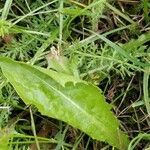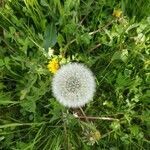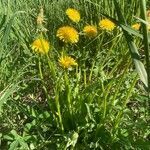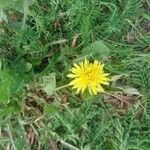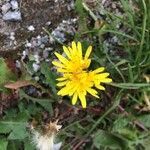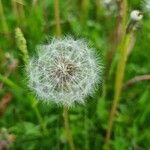| Therapeutic use
|
Analgesic (bark), Dermatological Aid (bark), Eye Medicine (bark), Kidney Aid (bark), Orthopedic Aid (bark), Analgesic (flower), Laxative (flower), Toothache (flower), Urinary Aid (flower), Dermatological Aid (leaf), Gastrointestinal Aid (leaf), Throat Aid (leaf), Poultice (leaf), Unspecified (leaf), Laxative (leaf), Gynecological Aid (leaf), Cathartic (leaf), Analgesic (root), Gastrointestinal Aid (root), Blood Medicine (root), Gynecological Aid (root), Dermatological Aid (root), Emetic (root), Eye Medicine (root), Kidney Aid (root), Love Medicine (root), Orthopedic Aid (root), Witchcraft Medicine (root), Pulmonary Aid (root), Tonic (root), Blood Medicine (unspecified), Sedative (unspecified), Toothache (unspecified), Laxative (unspecified), Tonic (unspecified), Unspecified (unspecified), Analgesic (unspecified), Pulmonary Aid (unspecified), Urinary Aid (unspecified), Cathartic (unspecified), Gynecological Aid (unspecified), Alterative (unspecified), Aperient (unspecified), Apertif (unspecified), Bactericide (unspecified), Bite(Snake) (unspecified), Bitter-Principle (unspecified), Cancer (unspecified), Cancer(Breast) (unspecified), Caries (unspecified), Catarrh (unspecified), Cancer(Esophagus) (unspecified), Cholagogue (unspecified), Coffee (unspecified), Depurative (unspecified), Diuretic (unspecified), Dyspepsia (unspecified), Heart (unspecified), Hepatitis (unspecified), Inappetence (unspecified), Intoxicant (unspecified), Jaundice (unspecified), Kidney (unspecified), Liver (unspecified), Sclerosis(Spleen) (unspecified), Stomachic (unspecified), Swelling (unspecified), Tea (unspecified), Tumor (unspecified), Tumor(Breast) (unspecified), Wart (unspecified), Abscess (unspecified), Bilious (unspecified), Heartburn (unspecified), Skin (unspecified), Bruise (unspecified), Spleen (unspecified), Galactogogue (unspecified)
|
